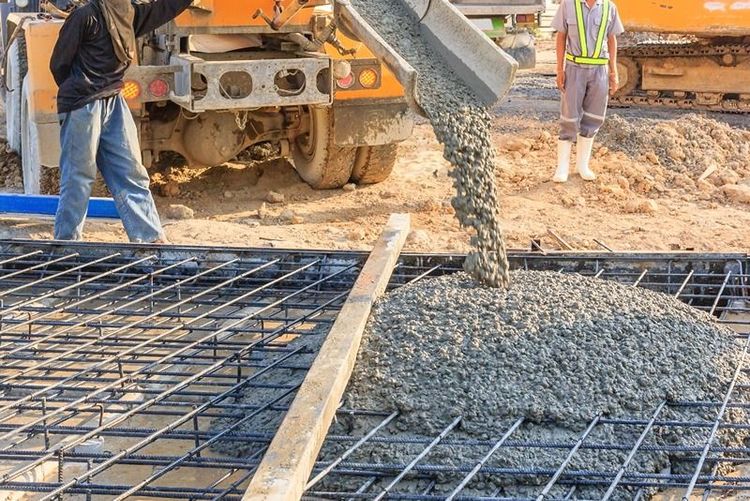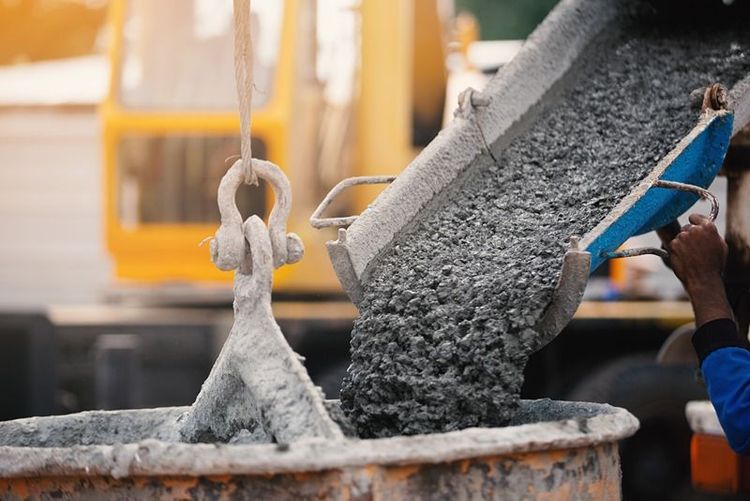Concrete admixtures are essential components that enhance the properties of concrete, making it more versatile, durable, and efficient. When combined with different types of cement, such as ordinary Portland cement (OPC) and Portland pozzolana cement (PPC), these admixtures can significantly influence the performance of the final concrete mix. This blog explores the properties and performance of concrete admixtures, focusing on their interaction with OPC and PPC cement.
What are concrete admixtures?
Concrete admixtures are materials added to the concrete mix before or during mixing to alter its properties. They are used to improve workability, accelerate or retard setting time, enhance strength, increase durability, and reduce water content. The main types of admixtures include:
- Water-reducing admixtures: improve workability without increasing water content.
- Accelerating admixtures: speed up the setting and strength development.
- Retarding admixtures: slow down the setting process, allowing more time for placement.
- Air-entraining admixtures: introduce air bubbles to improve freeze-thaw resistance.
- Superplasticisers: provide high workability with low water-cement ratios.
Ordinary Portland cement (OPC)
OPC is the most common type of cement used in concrete production. It comprises clinker and gypsum and is known for its high early strength and fast setting time. OPC is suitable for general construction where quick, high strength is required.







 +91 7208055523
+91 7208055523
 Help & support
Help & support
